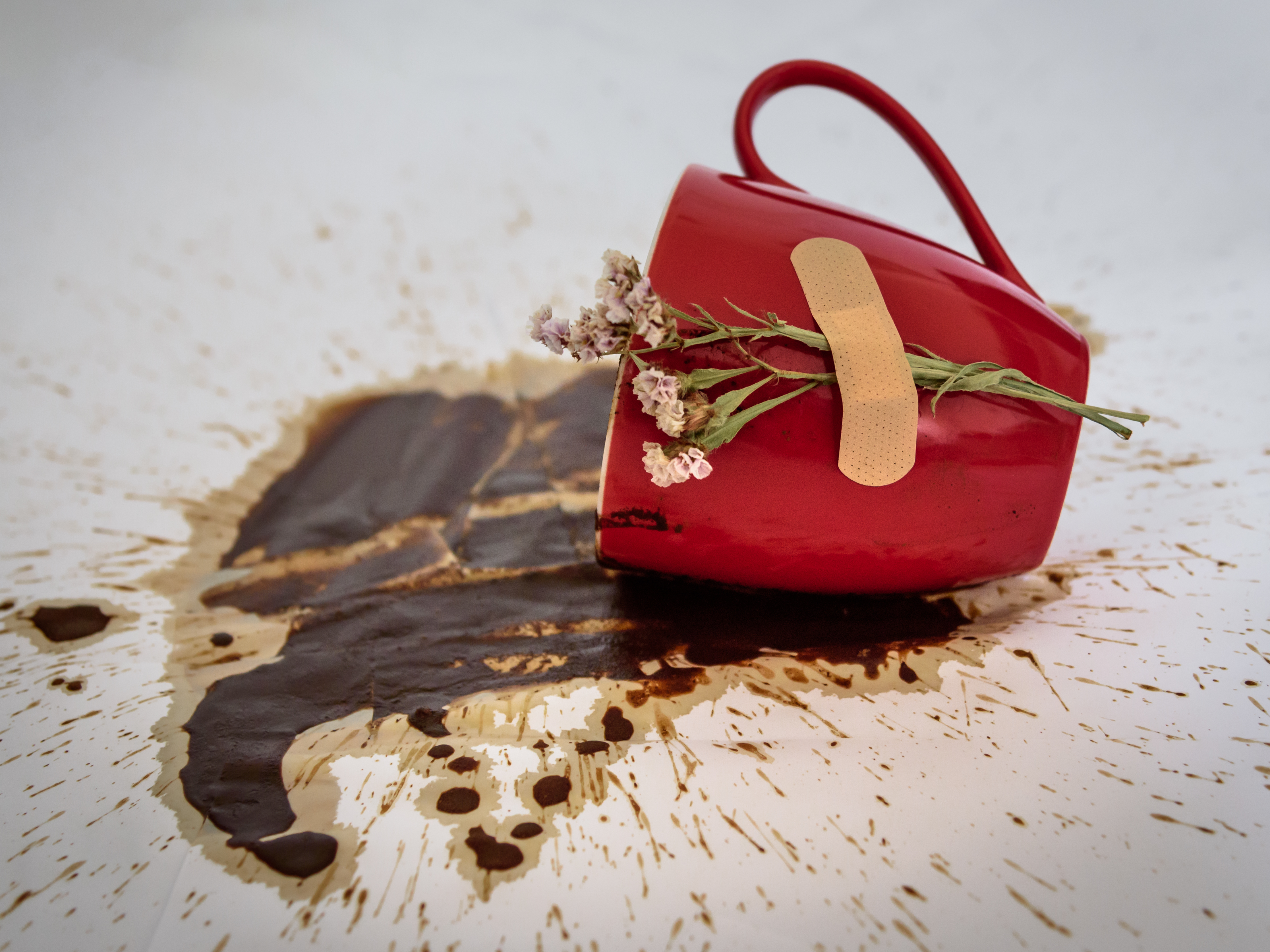How not to report on gender-based violence
December 22, 2022

In today's media landscape, editors’ use click-worthy headlines and sensationalism to attract and keep the readers. The way that violence against women is covered is no exception, especially in Serbia. Media reports often look to the survivor’s behaviour to justify violence, depict violence as tragic love instead of as a crime, and use inappropriate images that show survivors as passive, silent and without a way out.
Our guiding principle has always been to focus on how this news affects women survivors of violence or those still experiencing it, as well as their families. Sensationalism was traumatizing them all over again, reminding them of their painful experiences and moving them further from what they actually need – support and compassion. They were the reason we wanted to change media reporting practices.
In the last year alone, media outlets in Serbia published more than 15,000 reports on violence against women. Since 2018, our group has analysed every such report in the press, on tv or radio, and online, conducting analysis of changes in reporting styles and how violence against women is portrayed and reported on over time, to determine the impact we are making in the media sector. It showed us that from 2019 to 2021, sensationalism-dominated reports dropped from 40 to 27 percent. The share of media reports that portrayed violence as justified by external circumstances or the abuser’s personal characteristics decreased from 20 to 11 percent, and reports that played down violence or questioned the victim’s accounts with a tone of mistrust dropped from 15 to nine percent in those three years.
We've worked hard to influence those changes, and contributed through analysis, guidelines and our own efforts in the newsrooms.
Our first important step was to develop the Guidelines for ethical reporting on gender-based violence. We drew on the Serbian Journalists’ Code of Ethics, research papers on survivors’ trauma and studies on how gender-based violence survivors felt about media reports on this topic.
Foto: Marija Erdelji
Some of the most important guidelines? Reports should not:
- reveal the identity of the victim and her family;
- shift the responsibility for the violence from the perpetrator to the victim;
- contain the details of the act of violence, diminish violence or express doubts about the victim’s honesty.
We also noticed that media reports on violence against women are often accompanied by images showing physical injuries, weapons or survivors cowering in the corner. Such images perpetuate existing stereotypes and may re-traumatize survivors. So we gathered 12 photographers who created a database of ethical and non-traumatizing photos that reflect the issue, available on our website to all media, completely free-of-charge.
In 2021, our members published three big-time stories on sexual violence. Our reporting style, which protected the dignity of survivors, educated the public about the harms of violence against women and focused on its prevention, seemed to have inspired others and may have also appealed to their conscience. We have proved that this topic can be covered in an ethical way, while still keeping the readers hooked.

This year, we realized how important our Guidelines were when a tabloid portal published a video interview with a serial rapist. women protesters took to the streets of Belgrade, demanding that the interview be removed from all platforms and that all media start following the guidelines provided by our group.
Despite our successes and positive outcomes, a recent debate at the UN House was a major test to see how our efforts were being received: to publicly face the editors of the media we had been criticizing for the harmful effects of their unethical reporting.
Brankica Janković, Commissioner for the Protection of Equality, stressed in her opening statement that the media play an important role in eliminating the stereotypes that dominate Serbia’s patriarchal culture, and urged the journalists and editors not to be driven by the number of clicks, views or copies sold when reporting on cases of violence against women.
Our group stressed it was crucial for editors to understand that violence against women is a sensitive topic for reporting, and should be done by journalists with relevant knowledge and experience. We urged them to provide additional training on this topic for their newsrooms. The media should use reports on individual violence cases to shed a light on the entire phenomenon of violence and its causes and consequences, not only for the survivor, but for the wider community.
We knew some stations shared the values and principles the Group had been promoting for the past five years, but were worried about the tabloids – not just their perspective but how the audience would treat them. Villainizing someone never succeeds in bringing them around.
But they weren't as unwilling to change and improve as our prejudices would lead us to believe. One has introduced the position of Ethical Standards Manager, as a step towards self-regulation. Our Group was invited to visit two tabloids’ newsrooms to discuss ethical standards of reporting on violence against women with their editors and journalists.
Last week’s press clippings show that one of the tabloids has already published three highly ethical articles, which have been picked up by other outlets as well. Even the images they used are non-traumatizing.
Our plan is to persist in changing, teaching, improving. And, perhaps, one day we can look back on our work and see Serbia as a country for others to look up to, when reporting on violence against women is concerned.

 Locations
Locations